One type of port that has the vast majority inquisitive is the Universal Serial Bus (USB) port on a computer monitor. Often, somebody will attempt to connect cameras, printers, flash drives, gaming controllers, and different peripherals to move data between gadgets.
Are you curious and want to know how to connect USB to monitor without USB port? You can connect USB to a monitor without a USB port. It is simple and easy. Connecting a monitor through USB is one of the least demanding ways of adding a display monitor to your computer setup. Another method for utilizing a USB-associated monitor is by making it function as an extender or USB hub for the PC.
Contrary to popular belief, you cannot use the USB ports on the monitor for playing media files such as video. The USB ports on the monitor connect PC accessories such as a keyboard, webcam, or mouse as extenders. You will require a monitor with Smart TV capabilities to play media files directly.
Certain monitors from manufacturers, for example, Dell, ASUS and HP, include two or more USB ports that you can apply to connect your USB gadgets. These USB ports don’t work unless you connect your monitor to your computer using a Type-A male to Type-B male USB upstream link. Screens highlighting USB ports incorporate a USB upstream link as a component of the product packaging.
How to Switch On USB Ports on a Monitor?
Certain monitors accompany USB ports, yet the ports don’t work unless you switch them on first. To switch on a USB port, connect your monitor to your PC. Monitors accompanying USB ports likewise accompany a USB upstream link as a package component. The upstream link has one end, Type-A male USB, and the other, Type-B male USB. Below are the 3 steps to switch on the USB ports on a monitor.
Step 1
Switch off your computer. Find the square-shaped Type-B USB port on your monitor. You can find the port close to where you connect the power, VGA, DVI or HDMI links.
Step 2
Connect the Type-B end of the USB link to the Type-B USB port on your computer monitor, and then associate the other rectangle-shaped Type-A end of the link to an empty USB port on your PC. You can locate USB ports on the front or back of the CPU.
Step 3
Turn on your PC, then connect a USB gadget to your monitor. If your PC doesn’t detect the USB gadget, install the drivers for your monitor from the plate your manufacturer gave, or download them from the manufacturer’s website.
You can easily connect a USB to a monitor without a USB port using the three steps.
You can also check: How to connect two computers to one monitor?
Conclusion
Sometimes a single-screen display is not sufficient. At the point when one display is excessively restricting, adding a monitor can permit you to open more programs and help you perform various tasks perfectly.
Connecting a monitor through USB can prompt improved resolution, faster speeds, and a slick PC association that saves on space. The best association would be USB-C; however, USB 1.1 and USB 2.0 function admirably.

